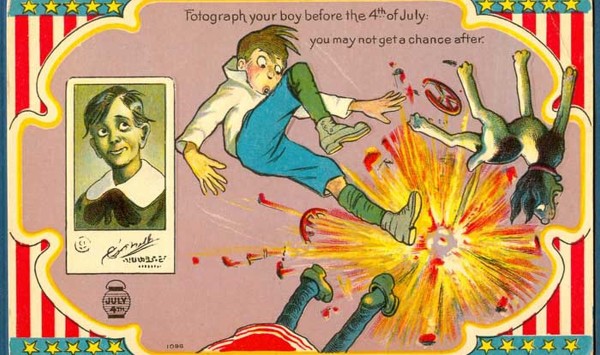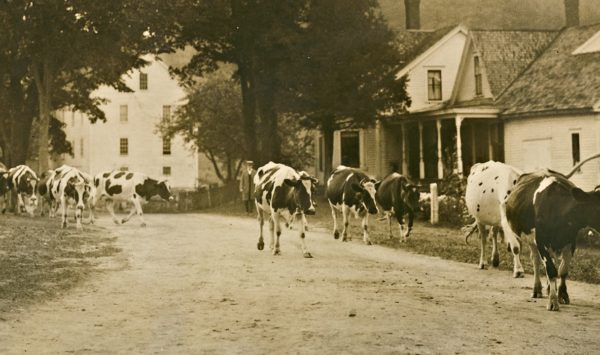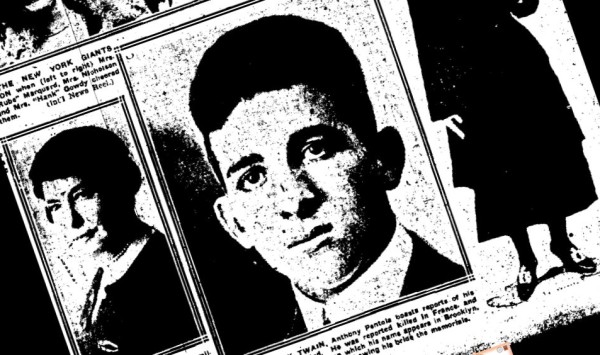FIRE, FUN & FIASCOES ON THE 4th (1887)

******************************************************************************************************************************** Brownstone Detectives investigates the history of our clients’ homes. The story you are about to read was composed from research conducted in the course of one of those investigations. Do you know the history of YOUR house? ******************************************************************************************************************************** A lot of accidents happen on the 4th of July. While it has been a day of celebration for Americans since its inception, certain citizens have tended to go a bit too far with their fireworks and other dangerous weapons. Back in 1887, a few days after Independence Day, a listing of the damages occurring and casualties effected on that date appeared in the Brooklyn Daily Eagle – once the authorities had had the time to assess the collective destruction. “Pistols and pyrotechnics of every kind were used with absolute impunity by even mere children,” the paper noted, “and the wonder is that more accidents did no occur.” The following list reflects a number of police blotters and lays out the accidents occurring primarily in the Eastern District (Williamsburg and Bushwick areas, and parts of Bed-Stuy). It is partial, but it will 1) boggle your mind, and 2) make you laugh. FIRE CRACKERS AS ASSAULT WEAPONS 8:30 – A boy whose identity could not be discovered threw a firecracker at the peanut stand outside the frame building at 21 Grand street and set it on fire. The building, which was owned and occupied by Sauer Brothers as a saloon, was damaged to the amount of $500 before the flames were extinguished. […]
THE FLIGHT OF MOSES MAY’S MAD COW (1865)

******************************************************************************************************************************** Brownstone Detectives investigates the history of our clients’ homes. The story you are about to read was composed from research conducted in the course of one of those investigations. Do you know the history of YOUR house? ******************************************************************************************************************************** Enjoy this old story about some Brooklyn cows getting loose outside of their normal environs – which, back in old Brooklyn, were quite often our city streets. While doing house research, we found a colorful little story in the Brooklyn Daily Eagle of 1865. It involves two Germans and an Irishman, as well as a supporting cast of a number of primarily immigrant Brooklynites. The story is led by a main character – a pretty “mad cow” – the kind with horns – that went rushing down Bushwick Avenue, having to be taken down by a “citizen,” whereupon it was delivered to a local slaughterhouse for gutting and the production of many sides of meat. Although the article does not expressly state such – stories from this period were famously short on important details – it appears that the original owner lost his cow to a number of very hungry Bushwick pre-hipster citizens. THE FLIGHT OF MAD BESSIE DOWN A VERY BUSY BUSHWICK To set the scene, it all started at about 4 p.m. on Bushwick Avenue in the 16th Ward. Mr. Moses May, a German immigrant of 136 Remsen Street, was driving a drove of cattle along the avenue, after a long day of their bovine grazing in a field, […]
REMEMBERING BROOKLYN’S UNDEAD (1922)

“Reports of my death have been greatly exaggerated.” So reflected Mark Twain to a reporter with William Randolph Hearst’s New York Journal in 1897, after the New York Herald had incorrectly reported that the famous writer had passed away while in London. While journalists are taught from their very first story to “trust but verify,” the U.S. military, though, has never fostered suffering compunction from such mistakes made. So it was when reports were being dispatched back to the U.S. during the First World War. While the adjutants of these military units, whence the reports originated, were doing their best to keep track of deaths and injuries, it can be imagined that quite a few names were inadvertently added to one or the other of the lists. After the Great War, accounts of American soldiers often surfaced, of their having previously been added to the list of the war dead, and then having shown up quite healthy – and with plans to continue living for many years to come. Such was the case with one Brooklyn man, Anthony Pentola, who, upon returning to the U.S. after fighting in the Great War, learned that not only had he been reported amongst the war dead, but that, he subsequently realized, his greatest and most substantial proof against the correctness of this report – his appearance one day in the War Department – was woefully insufficient in reversing the departments’s bureaucratic march toward its repeated lionization of him as an American patriot for […]